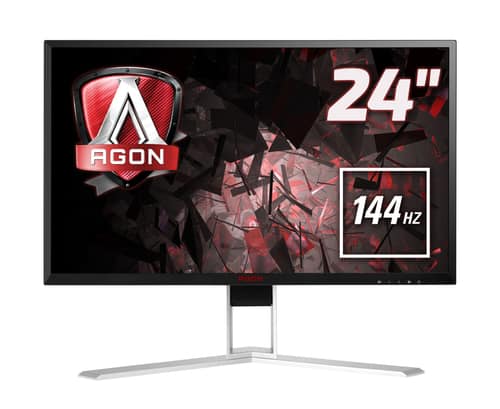The world of technology is constantly evolving, and displays are no exception. While 1080p monitors used to be the standard for most users, the introduction of higher-resolution monitors has left many wondering whether upgrading is worth it. If you’re considering upgrading to a 1440p monitor, it’s essential to understand why 1080p looks terrible on a 1440p monitor.
Let us make one calculation:
A 1440p monitor has 77.78% more pixels than a 1080p monitor. This is because a 1440p monitor has a full resolution of 2560 x 1440 pixels, while a 1080p monitor has a total of 1920 x 1080 pixels. To calculate the percentage increase in pixels, you can use the following formula:
((2560 x 1440) – (1920 x 1080)) / (1920 x 1080) x 100% = 77.78%
Why does 1080p look bad on a 1440p Monitor?
- 1440p monitors have 77.78% more pixels than 1080p monitors, which means that when displaying 1080p content, the scaler has to upscale the image to fill the larger screen.
- Because of this upscaling, the scaler may not be able to precisely transpose the 1080p image onto the 1440p screen, which can result in visual artifacts such as blur, jagged edges, and other distortions that make the picture look substantially worse.
- The pixels on a 1080p monitor are more significant, so they cannot deliver the same level of detail and sharpness as a 1440p monitor.
- 1080p monitors typically have a lower refresh rate than 1440p monitors, which can lead to motion blur and other visual inconsistencies when displaying fast-moving content.
- When displaying 1080p content on a 1440p monitor, the pixels won’t align as nicely as they would on a native 1080p monitor, which can result in redundancy and inconsistency in the image. In addition, this can make the picture appear less sharp and detailed.
First and foremost, it’s essential to know that 1440p is only 77.78% bigger than 1080p. While this may seem like a significant increase, it’s vital to remember that this is not a precise fit. This means the scaler won’t be able to transpose the 1080p image onto the 1440p screen accurately. As a result, there’s a much higher risk of blur and other visual artifacts that make the picture look worse.
One of the main reasons 1080p looks terrible on a 1440p monitor is the pixel density. When a lower-resolution image is displayed on a higher-resolution monitor, the pixels won’t align as nicely as they would on a monitor with the exact resolution as the image. This leads to the photo’s lack of sharpness and clarity, ultimately showing a more pixelated and blurry picture.
Additionally, 1080p monitors cannot deliver the same visual quality and sharpness level as higher-resolution monitors due to their lower refresh rate. A higher refresh rate allows for smoother motion during fast-paced scenes, creating a more realistic image. Unfortunately, when you watch videos or play games on a 1080p monitor, you’re missing out on the improved graphics and smooth performance that higher-resolution monitors can offer.
Moreover, 1080p monitors also suffer from redundancy and inconsistency. With the advent of newer and higher-resolution displays, 1080p monitors have become outdated regarding the range of colors and brightness they can produce. This results in color inconsistencies and lower overall image quality, which can be particularly noticeable on larger displays.
With all these factors in mind, it’s clear that 1080p doesn’t look as good on a 1440p monitor. While the image may appear somewhat stretched or distorted, the real problem stems from the fact that the pixels don’t align as nicely on a higher-resolution monitor. This ultimately results in a less realistic and sharp image quality that can detract from the overall viewing experience.
In conclusion, if you’re considering upgrading to a higher resolution monitor, it’s essential to understand why 1080p looks terrible on a 1440p monitor. With the problems of pixel density, refresh rate, and inconsistencies in color and brightness, it’s clear that upgrading to a higher-resolution monitor can offer improved graphics and a more immersive viewing experience. So, if you’re looking to enhance your visual experience while using your computer, it may be time to give a higher-resolution monitor a try.
- Facebook Ads to Get Followers! - December 27, 2024
- ClickUp vs. Slack - December 20, 2024
- Mastering E-Commerce Analytics: A Blueprint for Success





